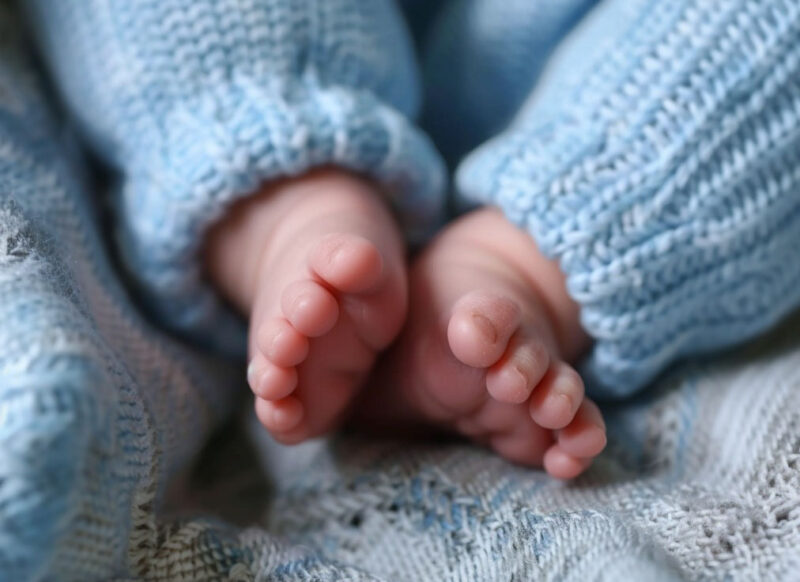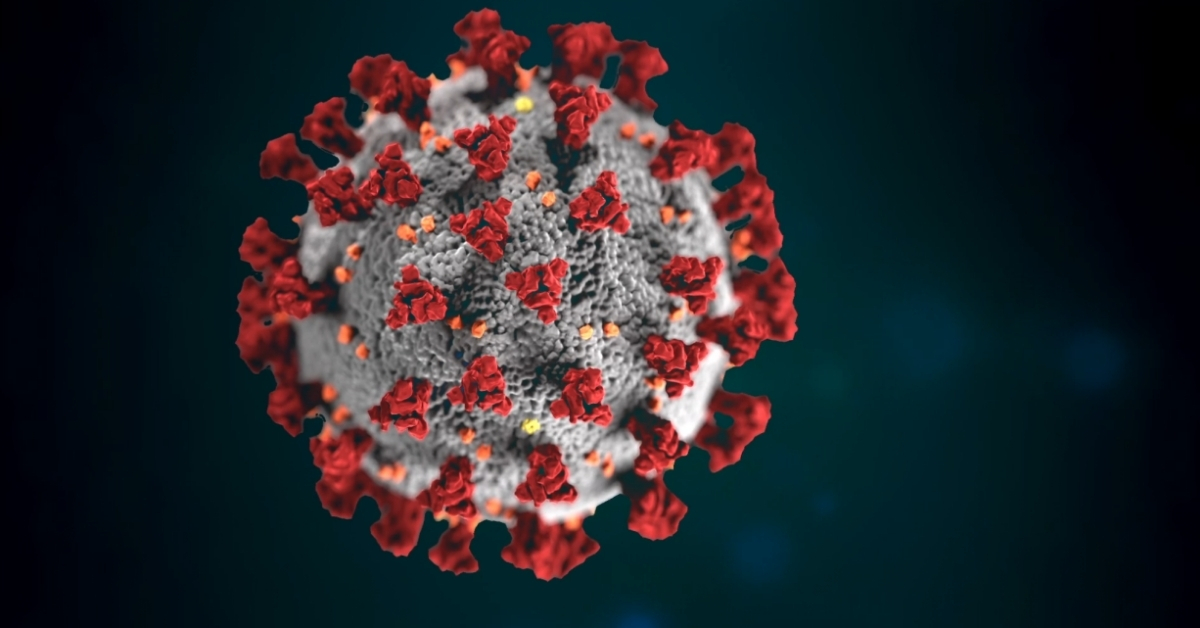U.S. Birth Rate is a super important stat that clues us in on how our population is shifting. It impacts stuff like healthcare, schools, and jobs.
The info from 2022 gives us a solid heads-up for what’s coming in 2025. Birth rates have a big influence on different parts of our society, so getting a handle on these trends helps us get ready for the future.
Things like the overall birth rate, the economy, and social factors all contribute to these stats.
Plus, more and more women are waiting to have kids because of career goals and money concerns, which makes birth rate patterns across different ages and groups even more significant.
By checking out these trends, people who make decisions and provide healthcare can better support moms and babies, making sure all families get what they need. As we look forward to 2025, these insights help us predict what a changing population will need and adjust our services to fit.
Table of Contents
ToggleTotal Births and General Fertility Rate
As of 2025 US population stands at somewhere 346 million residents.
In 2022, there were 3,661,220 babies born in the U.S., just a tiny bit less than in 2021.
The general fertility rate (number of births per 1,000 women aged 15-44) also went down a little, from 56.3 to 56.1.
This shows the birth rate is leveling off after some ups and downs.
More women are waiting to have kids because of things like money worries and wanting to focus on their careers first.
The current fertility rate for U.S. in 2025 is 1.786 births per woman, a 0.11% increase from 2023.
The fertility rate for U.S. in 2023 was 1.784 births per woman, a 0.11% increase from 2022. The fertility rate for U.S. in 2022 was 1.782 births per woman, a 0.06% increase from 2021.
U.S. Birth Rate by Age Group
The birth rate for teenage girls (15-19) keeps going down, dropping 3% to 13.5 births per 1,000 in 2022. This is great news! It means more teens have access to birth control and sex education. Programs that teach about safe sex and preventing pregnancy are working.
Women aged 20-24 also had fewer babies, with a 2% drop to a record low of 60.4 births per 1,000. High costs of living and student loans make it harder for young adults to start families. But for women 25-29, the birth rate went up slightly to 93.4 per 1,000. This suggests many are feeling more financially stable and ready for kids after establishing their careers.
The 30-34 age group saw a small dip to 97.0 births per 1,000. But women 35-39 had a 2% increase to 54.9 births per 1,000. More women are delaying motherhood for personal or career reasons these days.
Better fertility treatments and changing attitudes about “older” moms support this trend. Even the 40-44 and 45-49 age groups had more babies, with increases to 12.5 and 1.1 births per 1,000. Technology like IVF and shifting mindsets mean some women are becoming moms later in life.
Birth Rates by Race and Hispanic Origin
Birth rates differ among racial and ethnic groups too. Native American women had 3% fewer babies, showing the health disparities these communities face. Asian women had a 2% rise, maybe due to higher education and income levels.
Black women had a 1% decline, while Pacific Islander women saw a 6% jump. White women had 3% fewer births, but Hispanic women had 6% more babies. Cultural attitudes about family size, immigration patterns, and access to healthcare all impact these differences.
Cesarean Delivery and Preterm Birth Rates The C-section rate went up a bit to 32.2% in 2022. Older moms, obesity, and multiple births can lead to more C-sections. But the preterm birth rate dropped 1% to 10.38%! This is awesome progress. Better prenatal care and managing high-risk pregnancies is helping reduce premature births.
What It Means for 2025
Fun fact: Did you know that most teen moms have mental health problems and higher rates of depression? They also experience higher rates of suicidal thoughts compared to their peers who are not mothers.
The data also shows a rise in C-sections but fewer preterm births – more medical interventions during delivery, but improved prenatal care overall.
These trends highlight the importance of supporting all new mothers and babies, no matter their background. Policymakers and doctors should use this info to provide tailored care for diverse families.
Related Posts:
- What’s the Legal Difference Between a Certificate of…
- How the US Birth Rate Has Evolved Over the Past Century
- Key Facts About the Maternal Mortality Rate in Texas
- Heart Rate Variability Chart by Age - Key Trends to Know
- U.S. Uninsured Rate by Year – 9 Key Trends Since 2010
- Teen Birth Rates by State 2025 – Who's Making…









